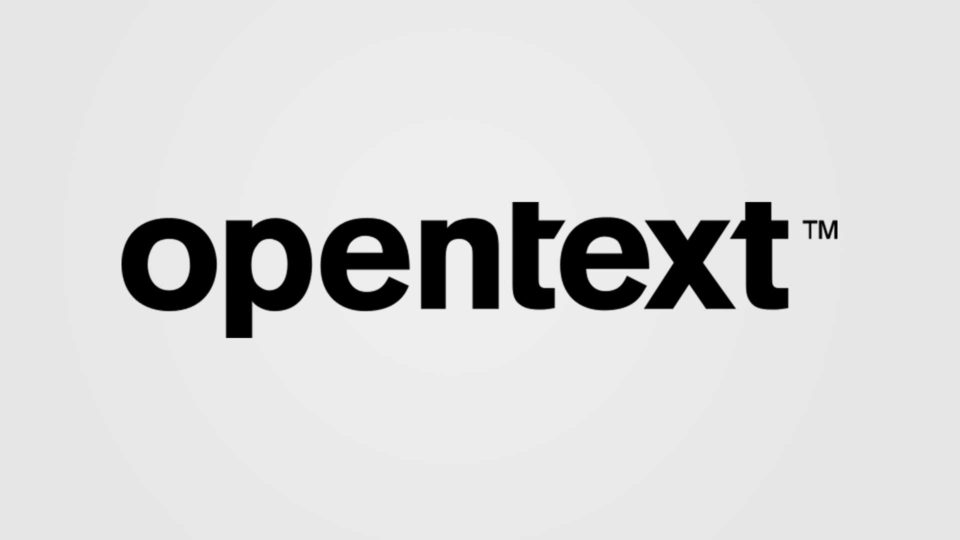Achieving digital transformation in the insurance industry

Research has consistently shown that senior management within the insurance sector think digital transformation is critical to their business. While executives see transformation as essential, achieving success is proving to be much more difficult, with a global report recently published by Cap Gemini suggests that insurance companies are lagging behind other Financial Services organizations.
Digital transformation in Insurance: Are companies really trailing?
The benefits of digital transformation in insurance are clearly understood, but the digital transformation journey has only just begun for the vast majority of companies and executives are finding it’s more challenging than they expected.

As McKinsey starkly puts it: “Acknowledging the urgency to undertake a digital transformation – both to reap its rewards and fend off threats – is one thing. Knowing how to manage one is quite another … This remains virgin territory because no one in insurance has yet completed a transformation – it could take as long as a decade.”
However, at OpenText™ we see a different story. India-based life insurer DHFL Pramerica Life Insurance (DPLI), shows just how far some companies have come in their digital transformation journey and the benefits that can be achieved. DHFL Pramerica has undertaken a large transformation project to digitize its key business processes – including the creation of insurance policy documents and managing new insurance agents and channel partners – to improve business administration and customer engagement.
Mayank Bhargava, the company’s Chief Information Officer, says: “Working with OpenText has provided us with the expertise to implement technology solutions that enable our business success, including our ability to rapidly bring new insurance services to new markets. The OpenText Indian Professional Services Centre of Excellence has been instrumental in supporting our team as we move to a paperless future, and their expertise is helping us innovate across the organization.”
Automation: efficient and effective?
The Cap Gemini report highlights one area of digital where insurance has a significant lead: Automation.
If ever there was a highly process driven industry whose business workflows were full of repetitive tasks, it’s insurance. Automation is the natural place for insurers to begin their digital transformation journey as it can address four hugely important challenges:
- Large insurance companies are faced with complex and costly IT environment which comprises multiple legacy applications and disparate systems. Research from OpenText found that respondents saw legacy as the major barrier to successful digital transformation.
- Both back office and front office processes for insurance companies are manually intensive, time-consuming, repetitive and prone to errors.
- The insurance industry has mountains of data in various formats, including vast amounts of paper. The manual effort to extract information from these documents and different data sources is costly and inefficient.
- Scalability is a major challenge for insurers faced with seasonal peaks and the requirement to react quickly to major events such as weather or natural disasters.
It’s very attractive for an insurer to see automation as the solution to many of its challenges. It offers large benefits with quick returns. However, I think it has to been seen as just the first step for digital transformation in insurance.
Automation is not enough for insurers
Automation brings efficiency. It helps to improve what is being done and how to do it. But how effective is automation by itself? Our research found that, for the insurance sector, the greatest potential impact from digital transformation was almost equally distributed among claims processing, underwriting, marketing, digital marketing, agents, and customer and employee communications and engagements. Improving existing business processes will not deliver this scale of change by itself.
DPLI’s digital journey included the development of end-to-end workflows to support critical business applications, such as new business processing, receipting and collections and its channel management system. It created a complete end-to-end automation of quote generation, receipting, discrepancy management and rules-based straight-through-processing (STP). In addition, it brought together content management, business process automation and enterprise integration to improve service to customers and rapidly bring new insurance products to market.
The Cap Gemini report emphasizes the need for a wider perspective on digital transformation in insurance. It states that ‘digital masters’ within insurance are investing in better ways to connect and engage with their customers as well as cultivating ‘agility, speed and scale’ to design and implement new capabilities and business models.
An end-to-end EIM perspective
Automation is a good start towards digital transformation, but there is still a way to go in other important business areas (such as customer experience).
Cap Gemini told Insurance Business Magazine that businesses have made headway on customer experience in the digital realm–with 43% using mobile channels to sell products and services today– but only 38% of organizations say that their employees can collaborate digitally with other employees and just 33% of organizations agree that digital technologies improve communication between senior executives and employees.
To reap the full benefits of digital transformation, insurance companies must transition towards a single, coordinated end-to-end approach to Enterprise Information Management. By integrating elements such as content management, customer experience management, business process automation, identity management, security, IoT and analytics, you can create a platform that allows you to release the value in every piece of data and content. It provides the foundation to deliver new ways to connect, communicate and engage internally and externally, delivering the agility and innovation that every insurance business needs.
For DPLI, this approach has resulted in a decrease in processing costs by up to 30% and transaction times reduced from hours to seconds. These types of benefit no insurer can ignore.
The post Achieving digital transformation in the insurance industry appeared first on OpenText Blogs.
Original Article by Monica Hovsepian

